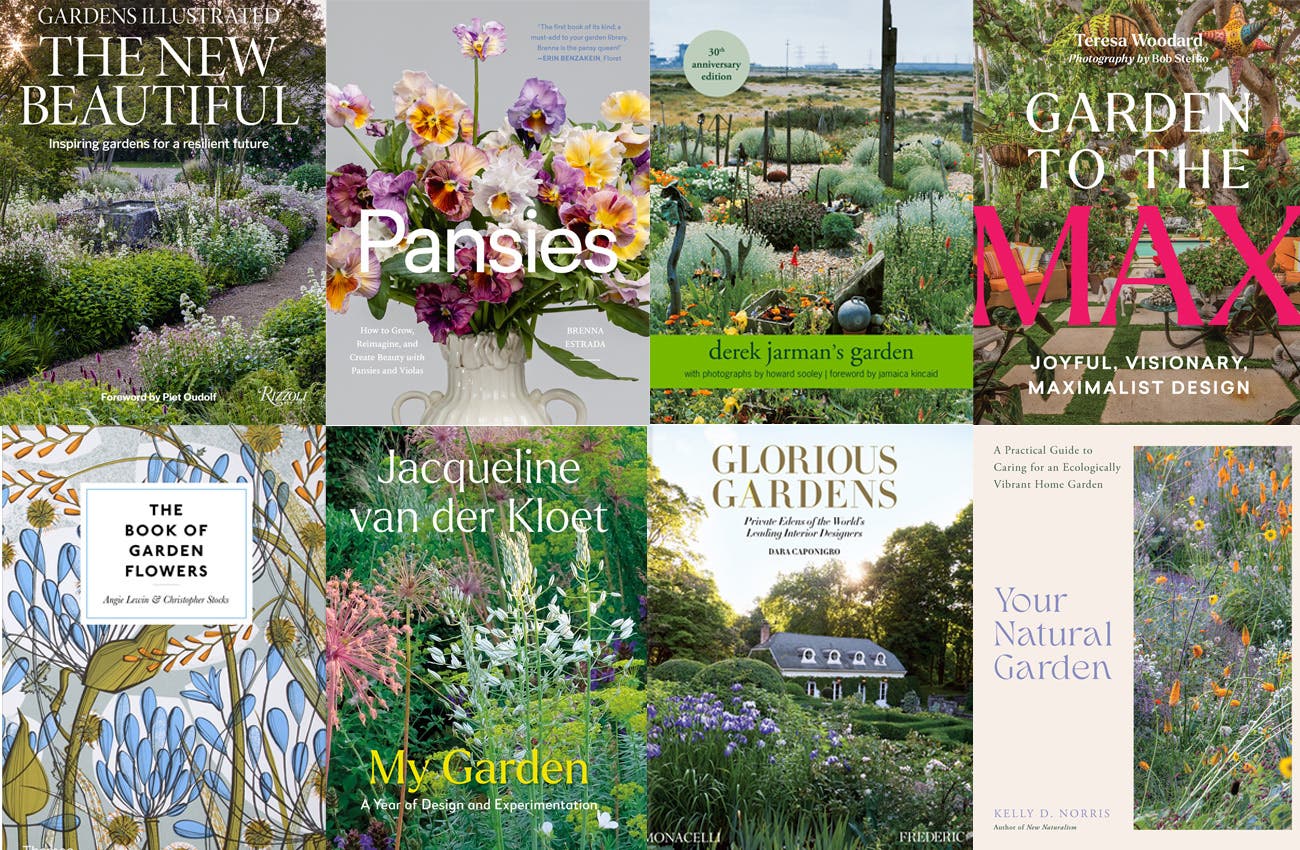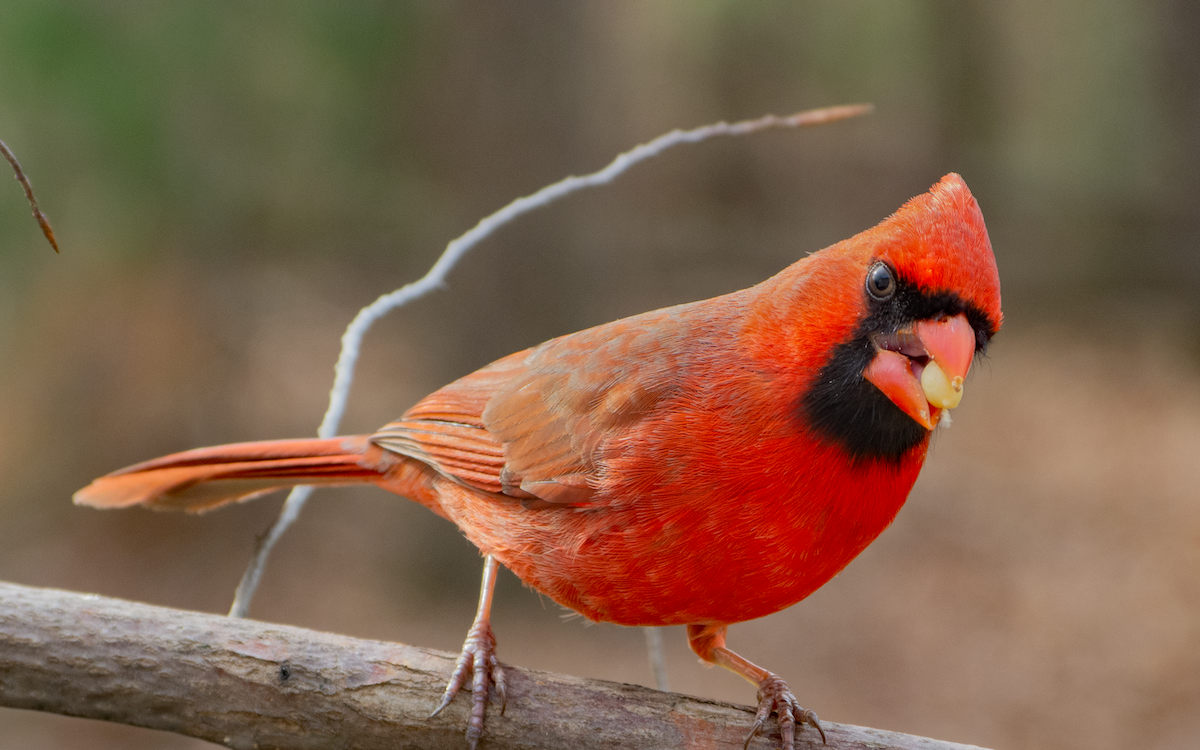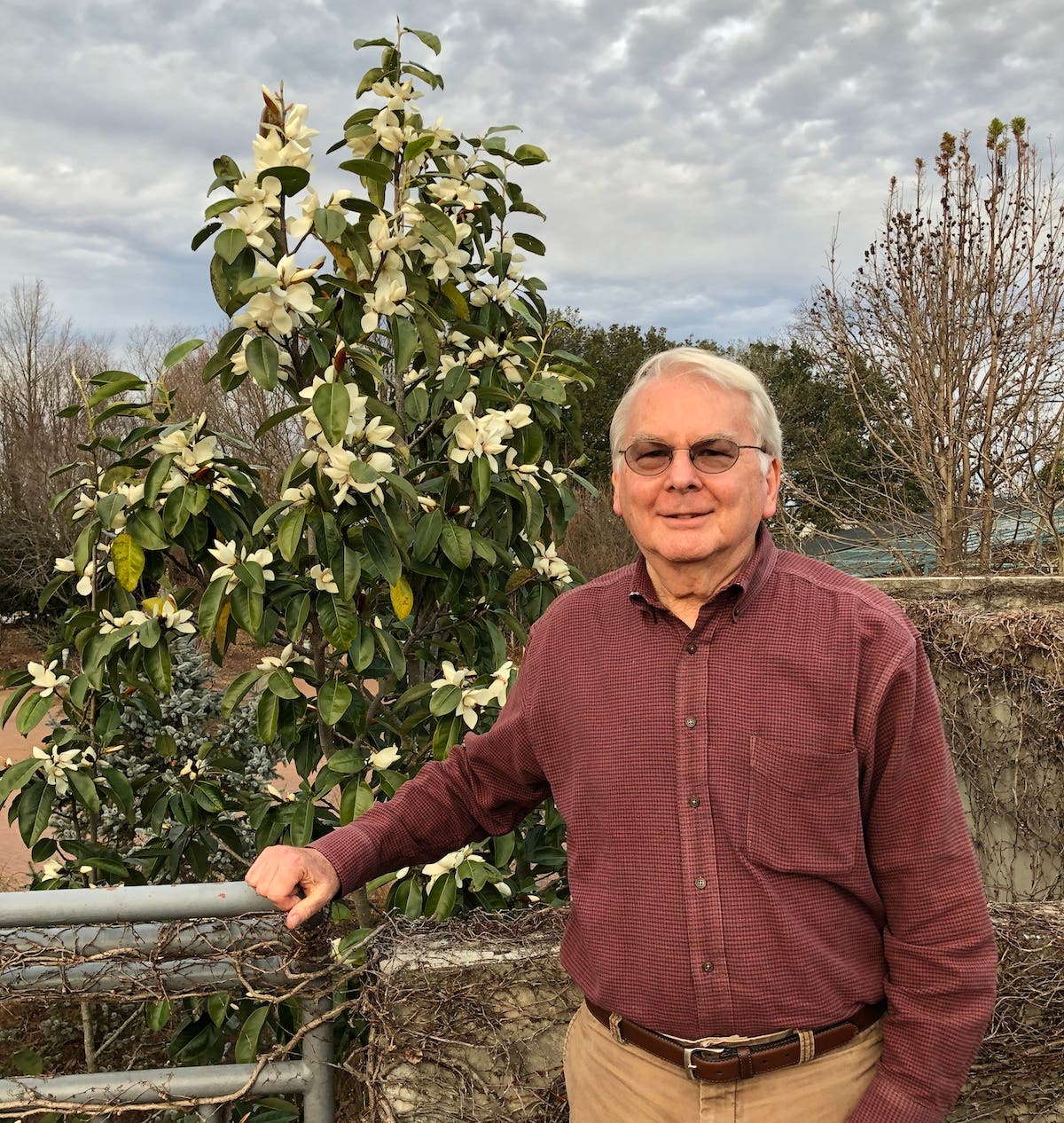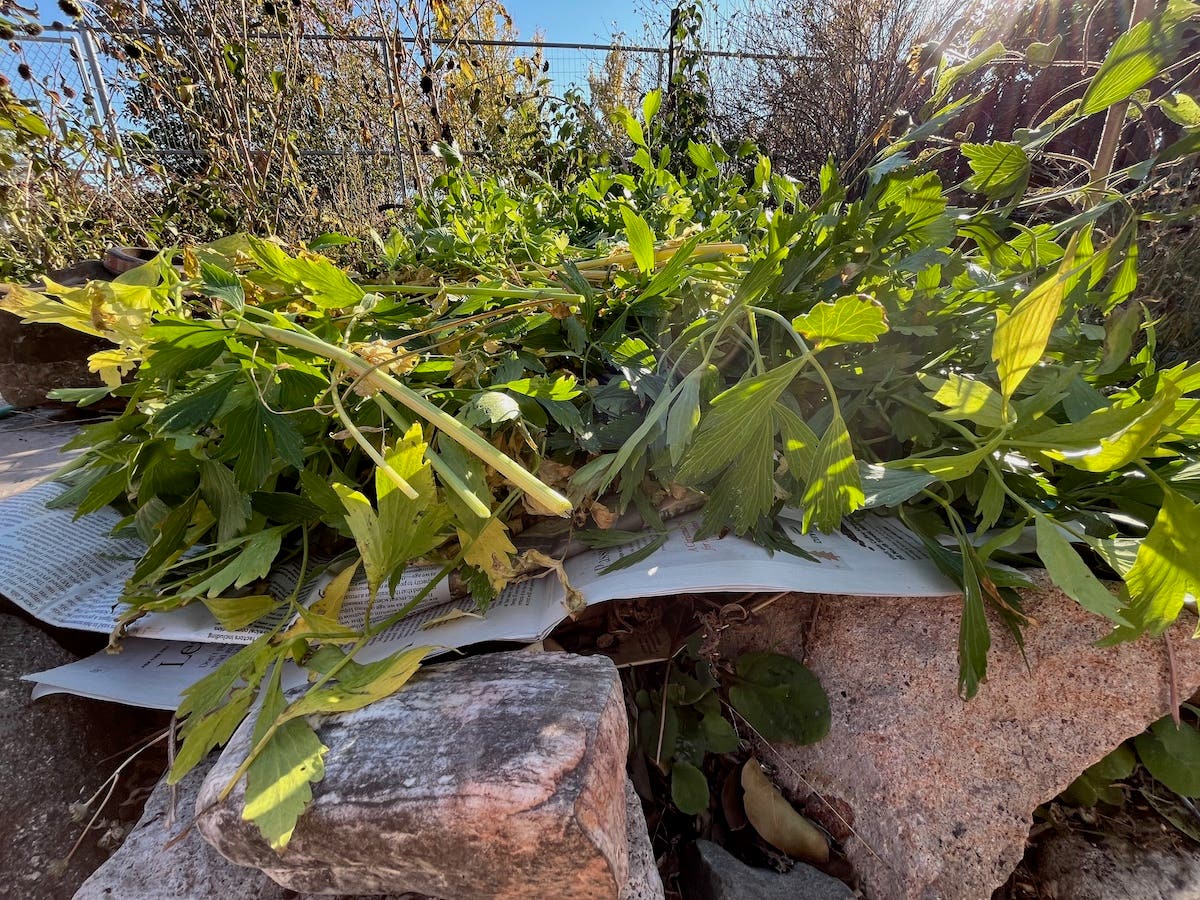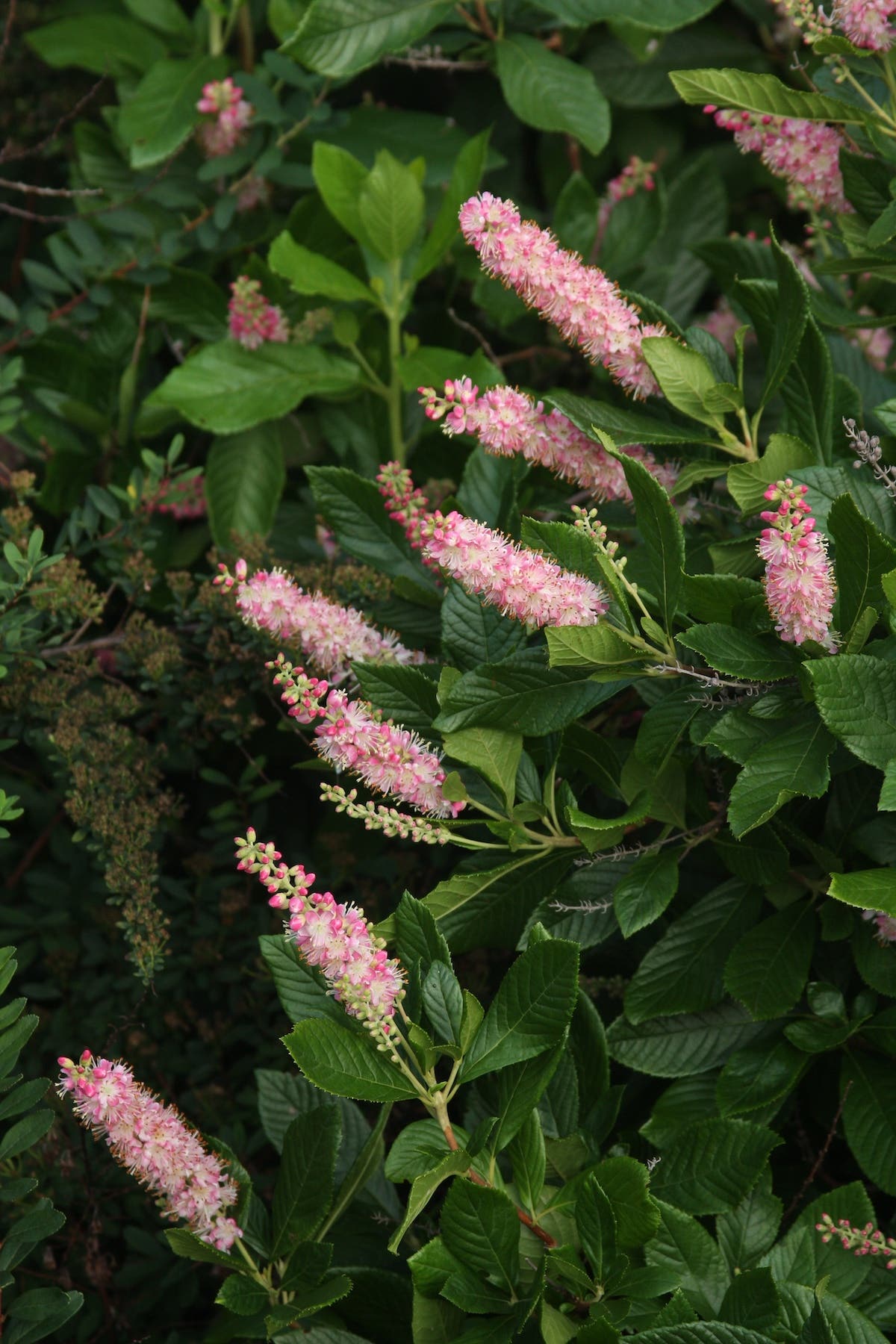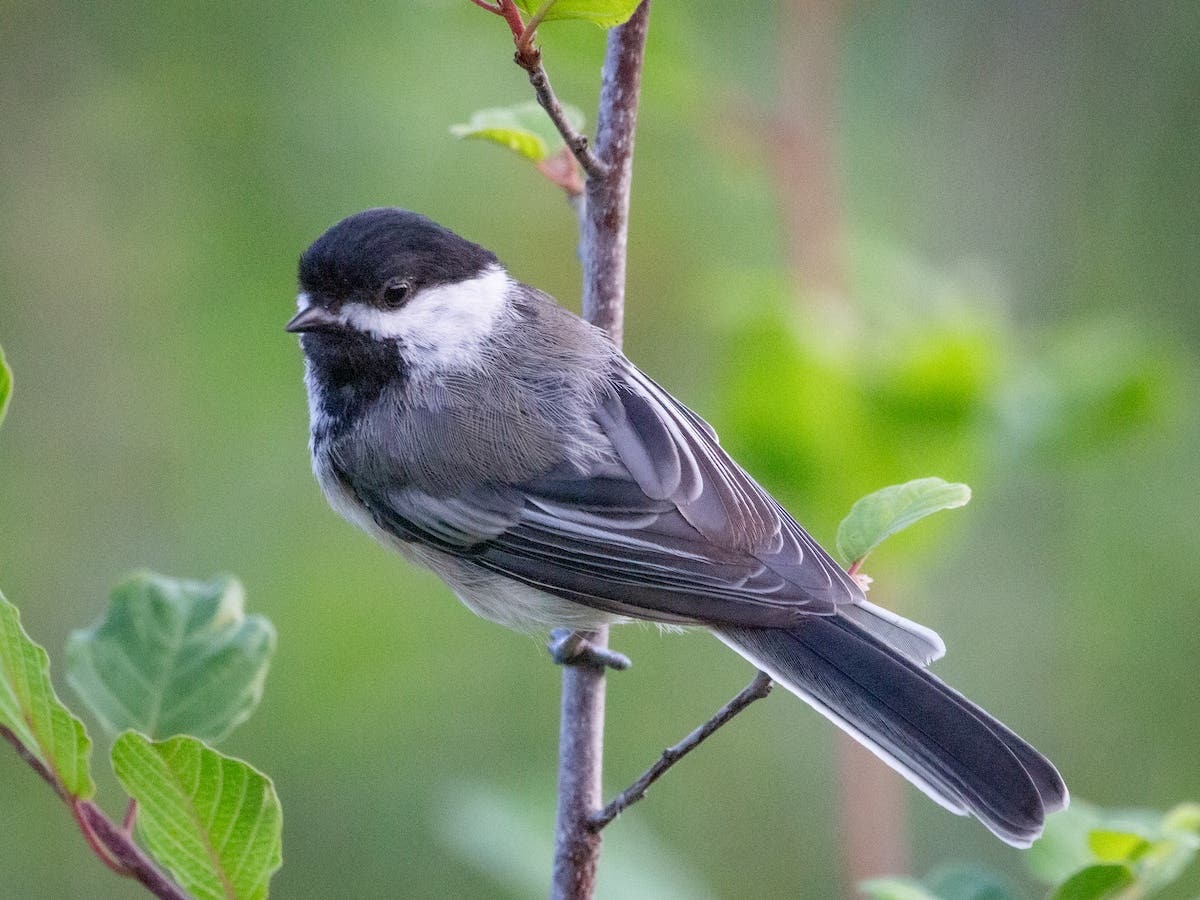Part Sun or Part Shade for Plants: What’s the Difference?
Part sun and part shade on a plant tag may seem to mean the same thing, but there is a difference. Learn why it matters here.
The terms "part sun" and "part shade" frequently appear in gardening books and articles and on plant tags. These two phrases may seem to mean the same thing, but there is in fact a difference. Though subtle, this distinction is an important one to understand for the health and high performance of your plants.
Both "part sun" and "part shade" mean that the plant prefers four to six hours of direct sun each day. There's a two-hour difference in that time range, and these phrases help make the recommendation a bit more precise.
When you see "part sun" used, the grower is stressing that the plant can thrive with more light. Site it in a spot that receives closer to six hours of sun.
When you see "part shade" used, the plant is more of a shade lover. Place it where it will get little more than four hours of sun, and preferably the gentler light of the morning hours.
This nuance can be found in the phrases "part shade to shade" (four or fewer hours of direct sun) or "full to part sun" (six or more hours of direct sun). In these, it's easy to see that the plant in question has a preference or tolerance for more shade or more sun.
Picking the best spot, part sun or part shade
To better guess the right amount of light within a range of full to part sun or part shade to shade, consider the location of your garden as well as the provenance of the plant—where is it native to?
A plant that grows naturally in the northern United States may thrive in full sun there but burn in such conditions in the southern US. There, it may do better with a few hours of cooling shade across the midday hours.
With any plant labeled for a range of light, you may need to simply try it somewhere, see how it does and, if problems arise, move it. Stretched, spindly, leaning growth or a lack of flowers from a plant known for its bloom can indicate it is not getting enough light. Crispy leaf edges or bleached sections of leaf can mean that the plant would benefit from more shade.
Keep in mind that as trees and shrubs grow, they can reduce the amount of light that reaches shorter plants. That spot in full sun may become part shade after several years, affecting the plants' growth and flowering. To read more about this plus solutions, read "How to Cope with Changing Light Levels in the Garden."


